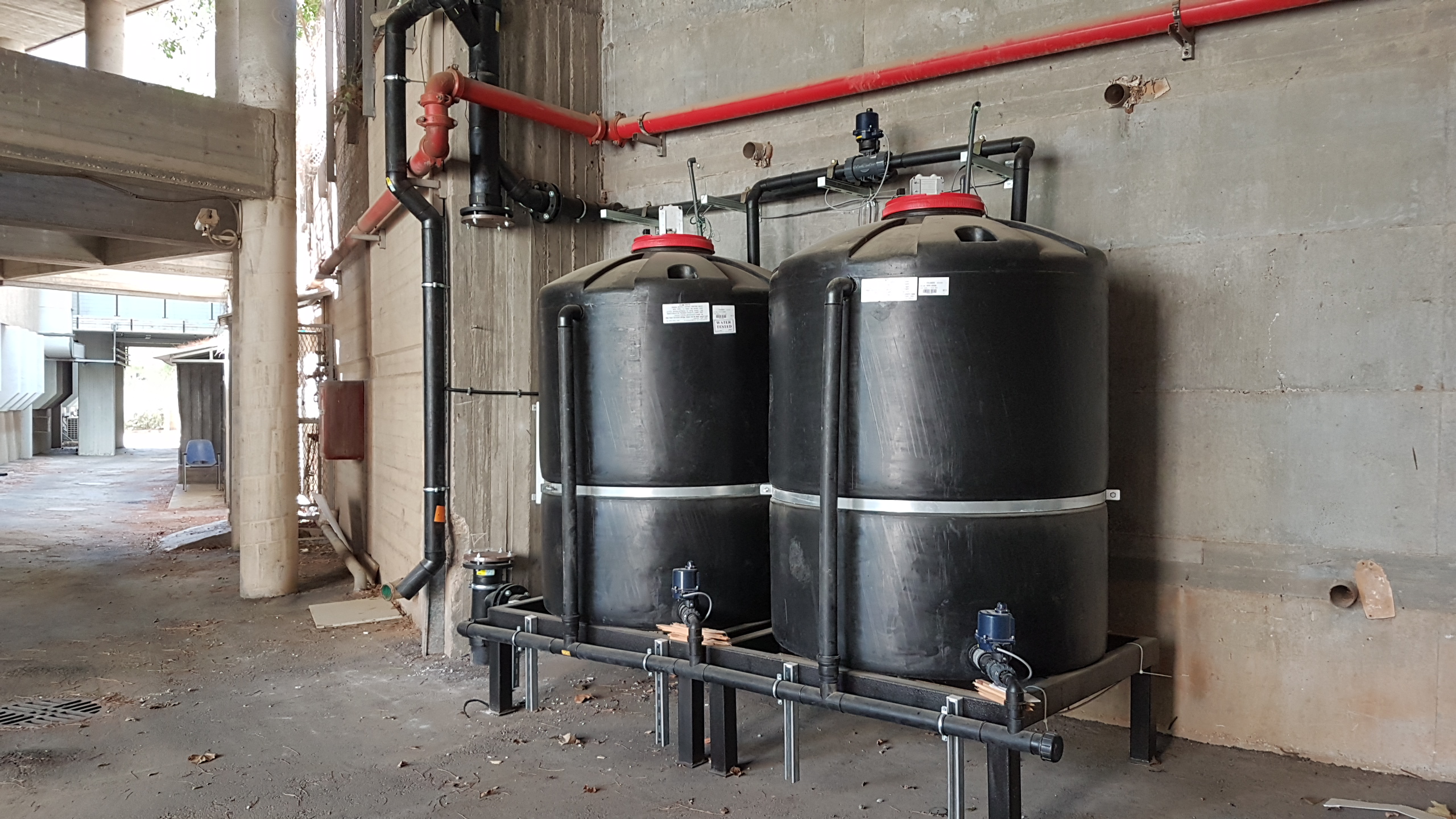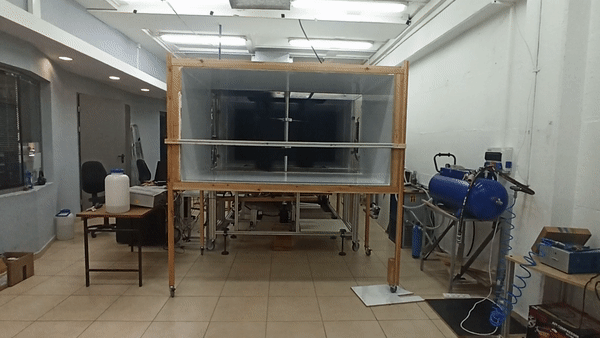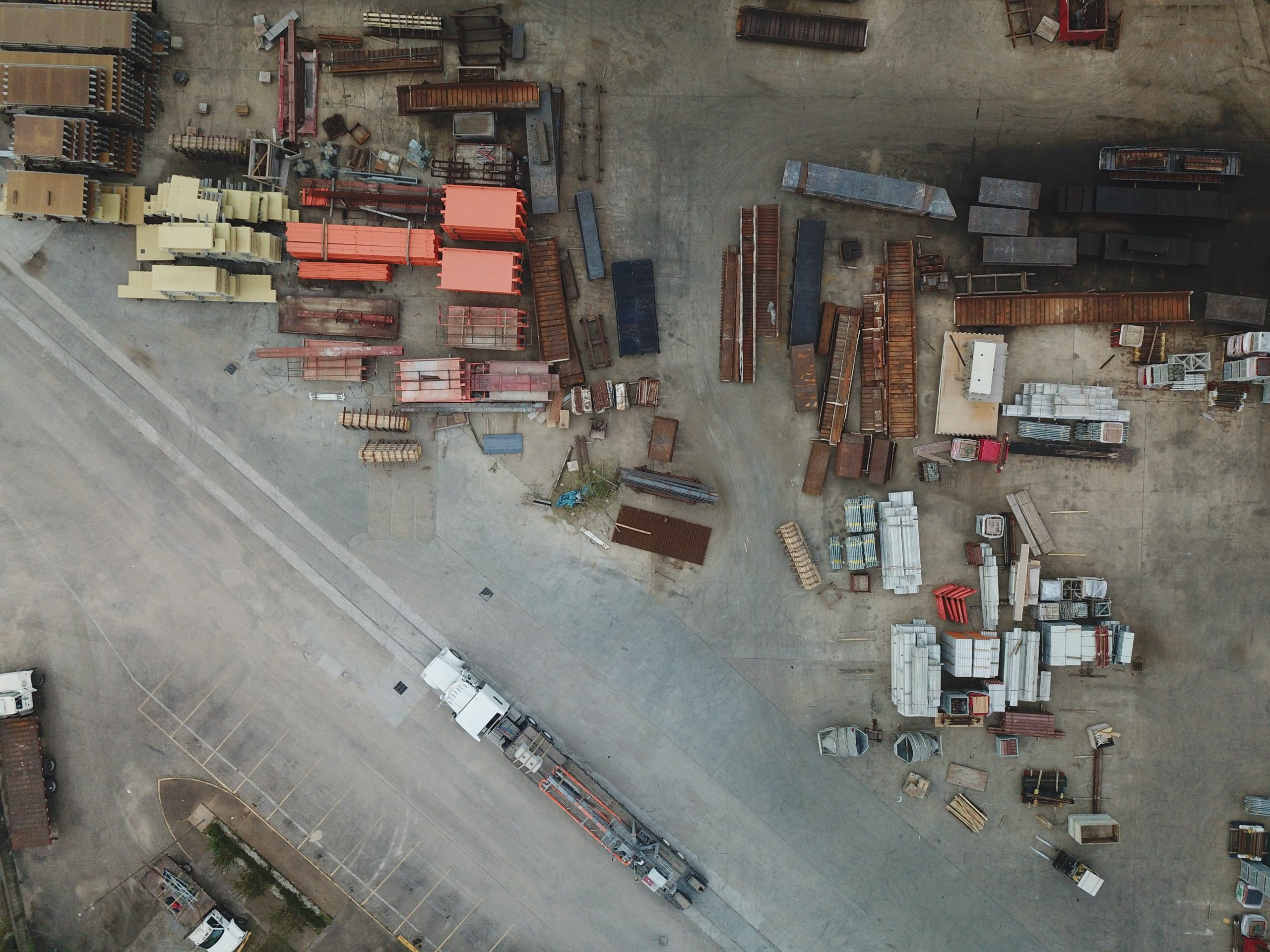Industrial Symbiosis: Good For the Economy, Good For the Environment
June 21, 2021How do industries break a decades-long cycle of indiscriminate waste dumping when our own economy encourages it? Answer: Educate the market. With a little nudge, one industry’s waste can be another’s raw material.
As current environmental concerns around natural resource depletion and pollution buildup continue to grow, the effort to transition our economies into a circular framework has become alarmingly pressing. As far back as the Industrial Revolution, national economic models have been overwhelmingly, if not entirely, linear—the normalized process of extracting raw virgin materials to manufacture products to sell to people before they are ultimately disposed of.
According to a 2019 OECD Environmental Performance Review, the global demand for natural resources and materials has grown at an astonishing rate. From 1970 to 2017, the use of raw materials more than tripled from 27 billion metric tons to 89 billion metric tons, putting it on track to reach 167 billion tons by 2060. And as a result of current linear economic models and industrial processes, a significant portion of these resources are ultimately wasted.
This has particularly been the case for electronic products due to the marketing of persistent upgrades, which prompts people to get rid of the older products they then perceive as obsolete without considering the hazardous substances and valuable metals inside them. In fact, it is the most rapidly growing waste stream in the 21st century, clocking in at an annual rate of 20-50 million metric tons. Due to this accumulation of E-waste, electronic products have infamously earned them the moniker, ‘designed for the dump.’
E-waste aside, however, this basic process is abundant in the vast majority of industries and factories around the world regardless of the types of products they produce. At the end of the manufacturing process, industries are often left with a heaping amount of material they no longer have any intended use for—waste.
As with any profitable venture, industries are in business of making money, and that means saving money anywhere they can. And what’s the most cost-effective method for waste disposal? Landfills. Why spend more time, effort, and money to search for an alternative solution for your unwanted waste when you can quickly pay a low-cost fee to quickly dump it in a regulated landfill?
Not only does this widely conventional practice give rise to a slew of environmental problems, but this also creates a surprisingly enormous market failure full of untapped economic opportunities. For these reasons, Israel’s Ministry of Economy and Ministry of Environmental Protection initiated the Industrial Symbiosis Project, a government funded project intended to link the resource inputs and waste streams of thousands of factories, businesses, and organizations with each other to monetize waste management while limiting environmental damage from excessive landfilling.
What a Waste
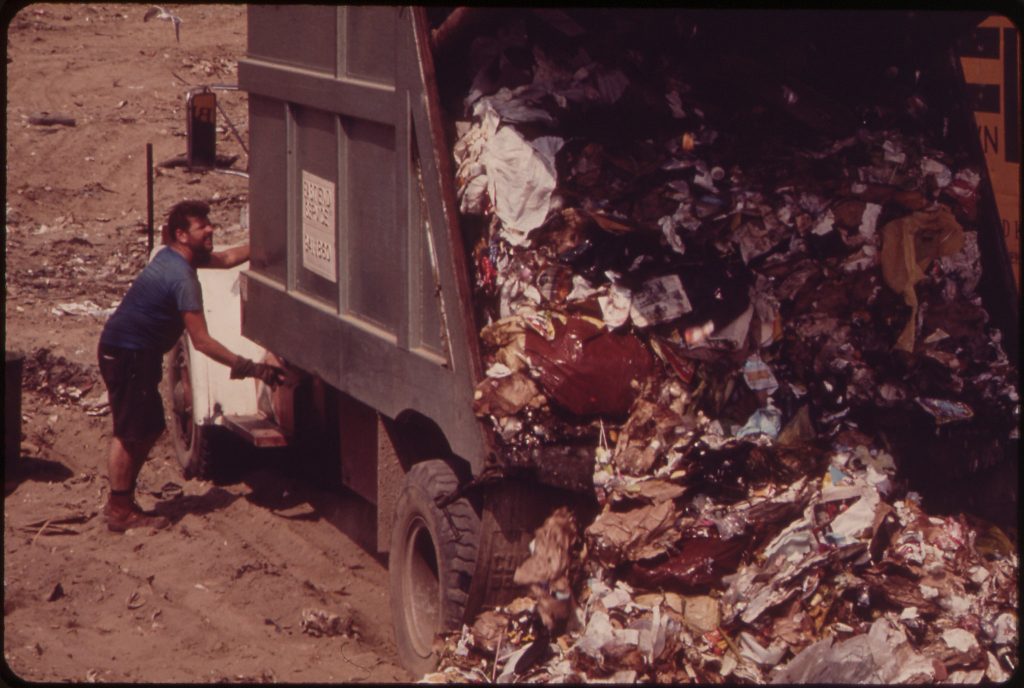
As opposed to municipal solid waste (MSW), which originates from households and the public sector, industrial waste stems from manufacturing and industrial processes—the main activities that also generate hazardous waste substances. And because the industry sector is so diverse, so are the waste streams, which can include dirt, gravel, masonry, concrete, scrap metals, glass, plastics, gypsum, oil, solvents, chemicals, organic matter, scrap lumber, and much more depending on a factory’s particular specialization.
How much industrial waste is being generated to warrant such a shift from the linear economic model? It’s hard to say given the overwhelming attention that worldwide MSW generation has received, which experts predict will increase by 70% to reach 3.4 billion metric tons by 2050.
However, it is known that industrial waste and those that fall in the hazardous category have been steadily increasing over the past decades. In the United States, for example, industrial and hazardous waste grew from an estimated 4.5 million tons after WWII to 57 million tons by 1975, and by 1990, it grew to approximately 265 million tons. But according to the EPA’s Guide for Industrial Waste Management, a shocking 7.6 billion tons of industrial solid waste are now being generated and disposed of each year across American facilities alone.
Israel’s industry sector generates much less, but that is no surprise given the fact that the country is less than 0.3% the size of the United States. While Israel’s Ministry of Environmental Protection does not specify industrial waste specifically, it does acknowledge that as of 2019, 6 million tons of waste debris from the construction sector is produced every year on top of the annually generated 5.3 million tons of municipal and commercial waste. And according to an OECD Indicator report from 2013, Israel was producing 303,000 metric tons of hazardous waste.
For the sake of convenience and financial reason, all these undesirable materials and substances are usually dumped in landfills for a small cost in the absence of sufficient waste infrastructure and policies. As a result, Israel landfills 82% of its waste.
“The situation is not ideal,” says Hila Leo Shapira, Project Director of Aviv Counseling for the southern-central portion of the Industrial Symbiosis Project. “Although the government augmented the payment per ton for dumping to landfills, it’s still very, very low compared to Europe.”
Europe raised the price per ton to dump in an effort to discourage landfilling as landfills are known to be a significant source of leachate as well as carbon dioxide and methane emissions.
“In Europe, you pay the equivalent of 700 shekel per ton more or less. Here, it was expanded from 40 shekel per ton to 109 shekel in 2007, but manufacturers are still dumping in landfills because it’s still the most economical way to deal with waste in Israel,” says Shapira. “But when it comes to hazardous waste, the numbers are totally different, and it could go up to 2,000 or 3,000 shekels per one ton of waste depending on how hazardous the waste is.”
Connect the Dots

As it turns out, however, the motivation behind the Industrial Symbiosis project had less to do with the environment and more to do with the economy.
“The main reason why the project started was because there was an economic potential that was not being used,” says Arik Ryvkin, Director of Food Tech and Circular Economy from the Industries Administration in the Ministry of Economy. “We have a market failure here because there are around 16,000 factories in Israel and many more organizations that can use each other’s waste for something.”
However, tending to this economic gap also addresses the high rates of landfilling that the Ministry of Environmental Protection seeks to reduce. Same goal, but different motivations.
At the end of a particular factory’s manufacturing process, that factory can either pay a fixed price to send waste to a landfill or it can spend an indefinite amount of time and money looking for another company that could use that factory’s waste as a raw material. Unfortunately, the latter is not a profitable option, which is why landfilling is generally more preferred.
“To solve that problem, we started the Industrial Symbiosis Project,” says Ryvkin. The project itself is managed by two consulting companies: Israel Materials Marketplace (IMM), which handles the industries in northern Israel, and Aviv Counseling, which handles those in the central-southern portion of Israel. “Basically, they are going to every single organization and factory and asking them the kinds of waste they have and the kinds of resources they use. Then they connect the dots.”
What’s more is that this does not cost the factories, manufacturers, or other organizations anything. “The consulting companies are getting paid by us, not by the organizations themselves, so for the organizations its completely free,” says Ryvkin. “After the consultants connect Factory A with Factory B, they report to us and say, in this kind of symbiosis, x amount of tons weren’t dumped and it generated x amount of financial value for those companies, and then we pay the consulting companies according to their performance.”
Following the end of the project’s pilot year in March 2020, the Ministry of Economy evaluated its economic and environmental accomplishments and ultimately decided to continue the second year of the project at the start of 2021. Since then, the Industrial Symbiosis network has grown substantially.
“We have mapped the waste streams of around 1,400 clients, and in terms of tons, we have mapped 20 million metric tons worth of waste. The challenge is finding industries that will accept this waste,” says Ryvkin. Between IMM and Aviv Counseling, around 80 deals have been brokered thus far, which has prevented the landfilling of 28,000 metric tons of waste generating a direct economic value of 13 million NIS, according to Ryvkin.
What Does the Future Hold?
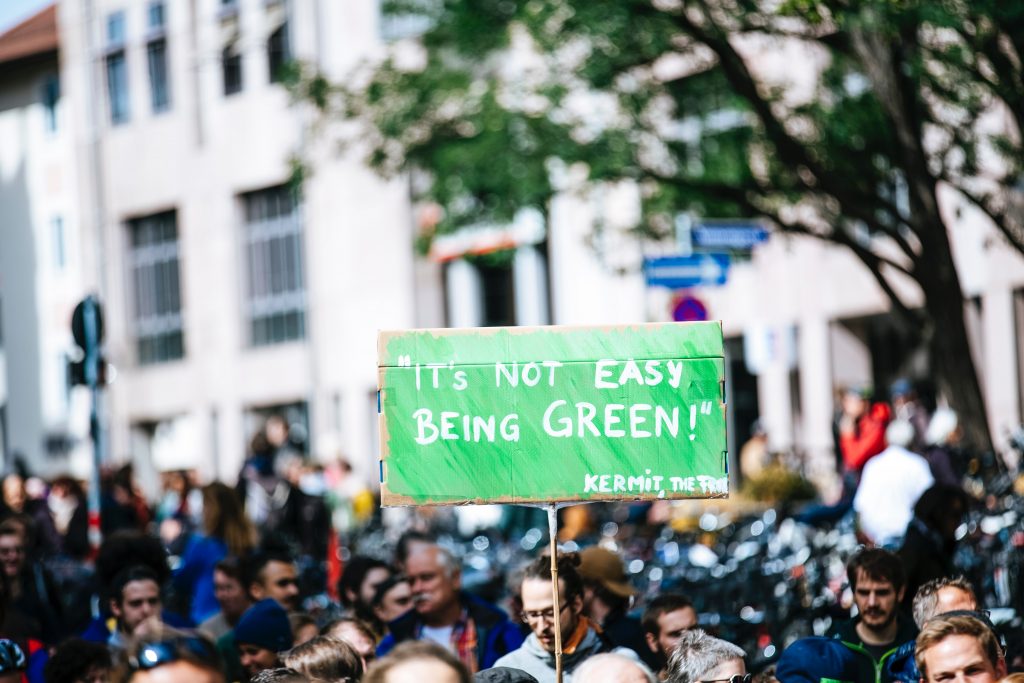
The project is slated to be active for another three and a half years at which point another kind of evaluation will take place to assess how much it will cost the government to finance the project in the future based on how transformed the market may be by that time.
But according to current trends and the rate of deals being made, Ryvkin expects the Industrial Project will be able to bring in 8,000 total clients, generate an economic value of 140-150 million NIS, and prevent 500,000 metric tons of waste from being landfilled by the end of the project’s fifth year.
But despite, the achievements that industrial symbiosis has culminated thus far and is expected to in the coming years, there is still one thing that could be done to reduce environmental and economic impacts of waste mismanagement even further—reducing waste at its source.
“So many materials are on the brink of ending, so of course we need to rethink the way we are using resources and to find ways to repurpose them for another use. But having said that, I want to emphasize that it’s better not to create that waste in the first place,” says Aviv Counseling Project Director Hila Leo Shapira.
Luckily, in March 2020, the Ministry of Economy and Ministry of Environmental Protection also established the Israel Resource Efficiency Center (IREC) to tackle this baseline problem.
“The scope of our work is inside the factory walls,” says Doron Koll, Head of IREC’s Knowledge and Information Center. “We try to minimize the number of raw materials a factory uses, make their operations more efficient, and try to minimize the amount of waste they create.”
IREC has given waste reduction consulting to 60 factories thus far, but conventional production processes make this task far from easy. “A lot of factories that we go to help to make their inner processes more efficient sometimes still end up creating a lot of waste. At which point, we direct them to the Industrial Symbiosis Project,” Koll adds.
Although waste generation seems inevitable and impossible to avoid, Israel has taken progressive strides to aid its industries in reducing the amount of waste they generate as well as provide them with financially lucrative options in the form of feeding their waste into raw material streams. By doing so, Israeli industries are beginning to understand and seek out the financial benefits that can be gained through a circular economy and environmental sustainability. It’s a win-win situation.
This ZAVIT Article was also published in print in The Jerusalem Post on 20 Jun. 2021
